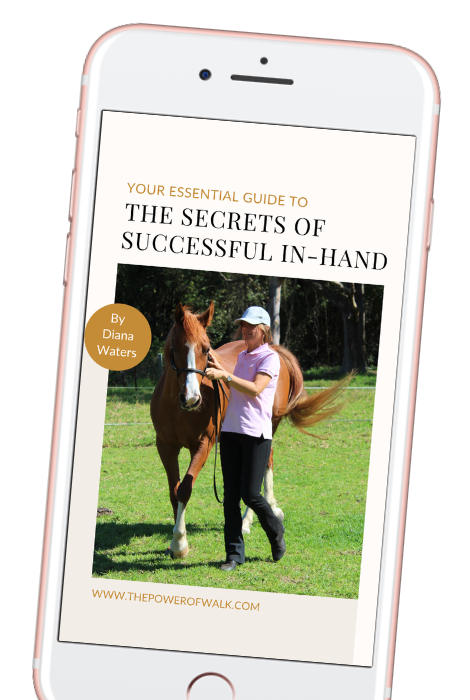
Why “Behind the Vertical” is Bad
To begin with, I want to emphasise that headset is part of a bigger picture, and is a product of correctly training the whole body. Headset should be mobile, and never fixed. Any fixed headset is bad.The following post is to help spread understanding about the reasons why certain headsets and their associated body postures are harmful, and to look at a range of headsets that are a symptom of healthy training.In order for the horse to be able to move their limbs freely and smoothly, the back muscles need to be able to swing. The back muscles work together in a chain with the neck muscles and muscles of the hindquarters to create movement (push).The muscles on top of the neck work together with ligaments to raise the back and the rider. (When the head is lowered, the ligaments along the top line stretch and lift the back. As the neck muscles strengthen, the horse is able to maintain a lifted back with a slightly higher head carriage associated with lowering of the haunches). When the back is raised in either of these ways, the muscles are free to swing.If a horse is hollow and inverted (photo 3) the back is dropped, with the rider’s weight pressing down on the back muscles that are supposed to be used for movement, and the horse is unable to swing the muscles in their back, so also unable to use the muscles of the hindquarters correctly. This posture usually occurs simply because the horse hasn’t been shown how to carry their body correctly in order to support a rider and can cause back pain as well as muscle pain from the restricted use of muscles in the back having a knock on effect to other muscles.If the horse’s head is manoeuvred down with the nose behind the vertical, this stretches the upper ligament system so much that the back rises a lot, and the muscles of the back swing excessively. To the uneducated rider, it can feel as if the horse has a “nicely lifted and swinging back” which is one reason why some riders think “Long, deep round (LDR) is a good thing (photo 2). But actually it is not a good thing..In rollkur and LDR, Because the ligaments are already overstretched, the hind legs simply cannot reach under the horse, and instead end up trailing behind. They become disconnected from the back and the horse is unable to move correctly. The horse is thrown onto the forehand as they can’t bring their hind end under, and so experiences pain and strain on the front joints.The horse is also likely to experience pain in the neck and back from the overstretched ligaments, as well as pain in the mouth from the backward action of the bit pulling the head in.A correctly balanced horse uses a combination of the ligament system and the neck muscles to raise the back just enough to allow the long back muscles to do their job. As the neck muscles (and other muscles of the topline) become stronger, the horse is able to lift the thoracic sling and lower the hindquarters. The muscles can only build correctly if the nose is slightly in front of the vertical - more in front of the vertical when the head is lower, and the length of neck is mobile, with the gullet opening as the head lowers into a stretch and closing as the horse is asked to pick up towards collection.The horse can’t develop correctly in any type of fixed headset. The horse should be trained with frequent letting out and picking up of the reins, with the jaw and underneck muscles soft. As the reins are gathered up, the horse should feel as if they grow in front of the withers, with poll highest point and nose vertical or in front of the vertical.Photos: 1. Rollkur 2. LDR 3. Hollow/inverted (these postures are all harmful).4,5,6 and 7 are all photos of horses in a posture appropriate to their level of training and the level of collection/extension/stretch being asked for.



